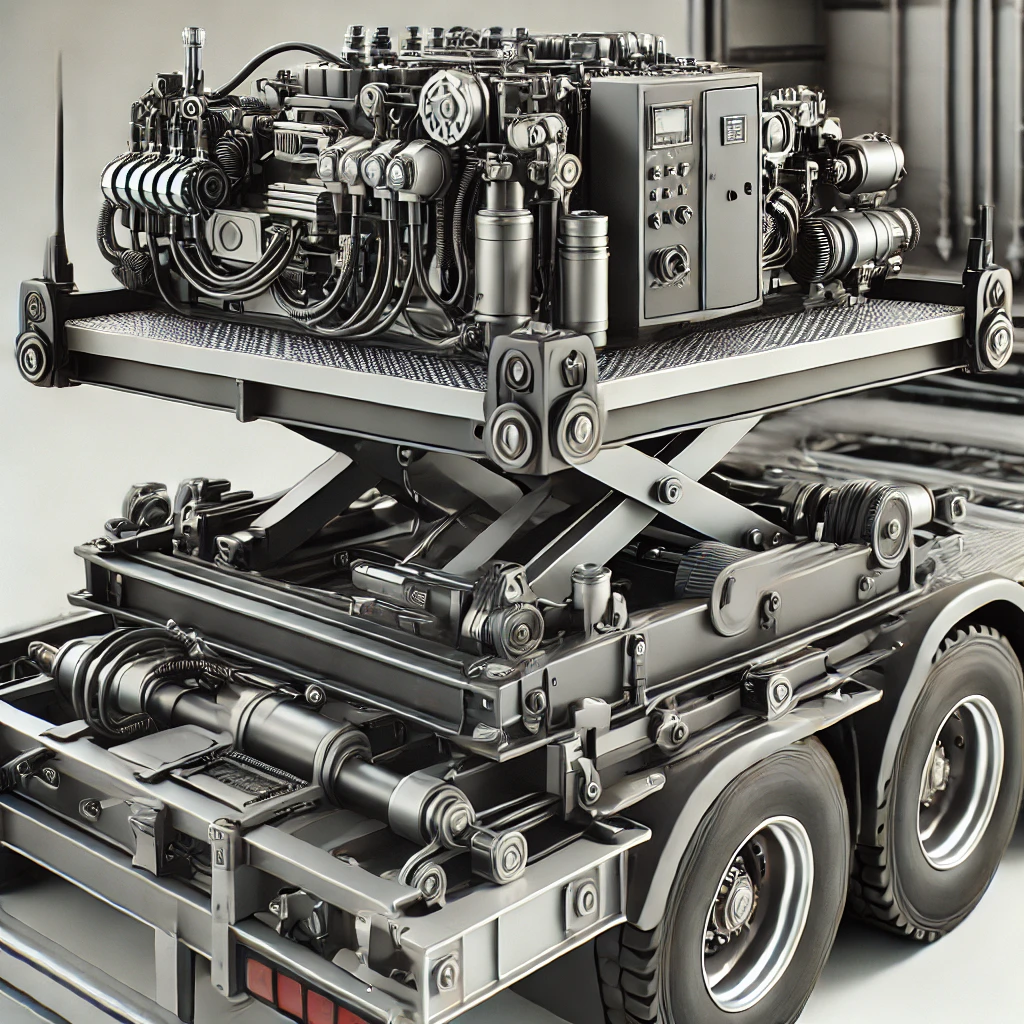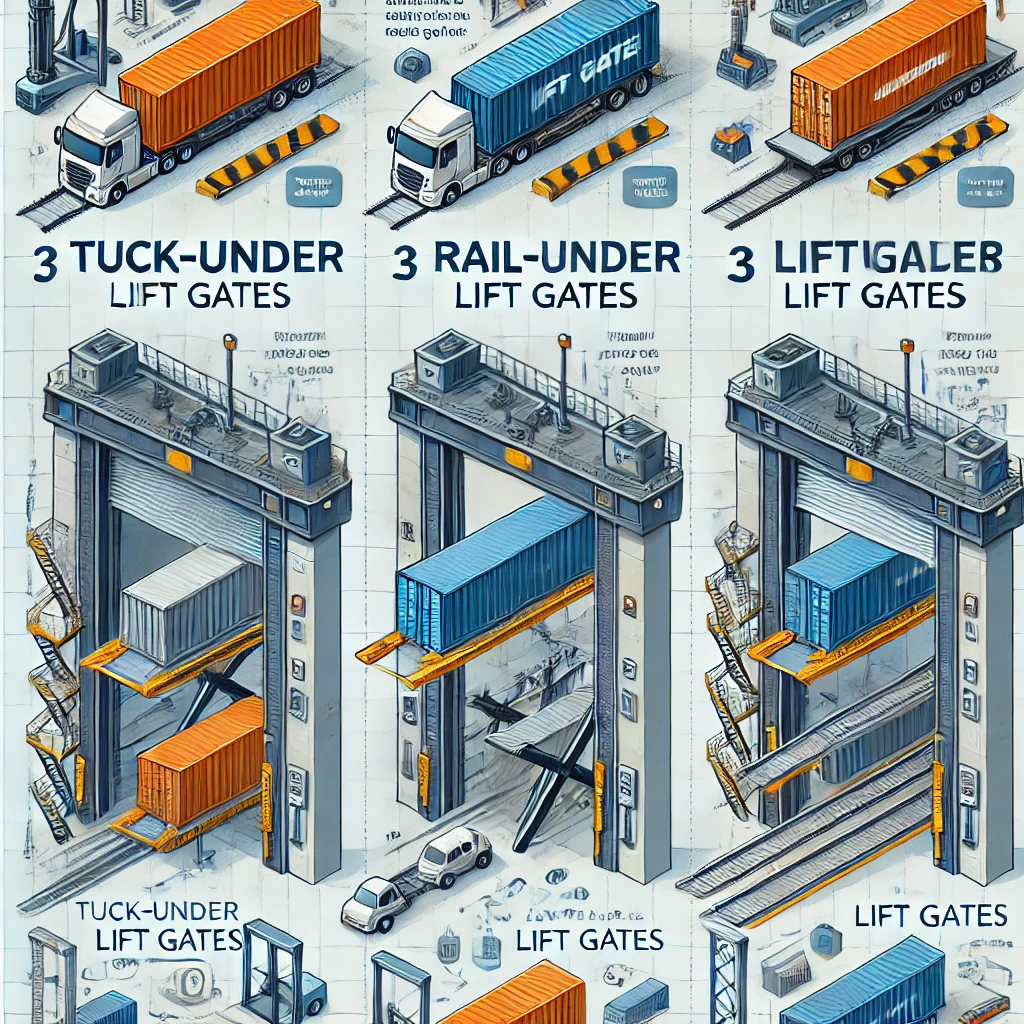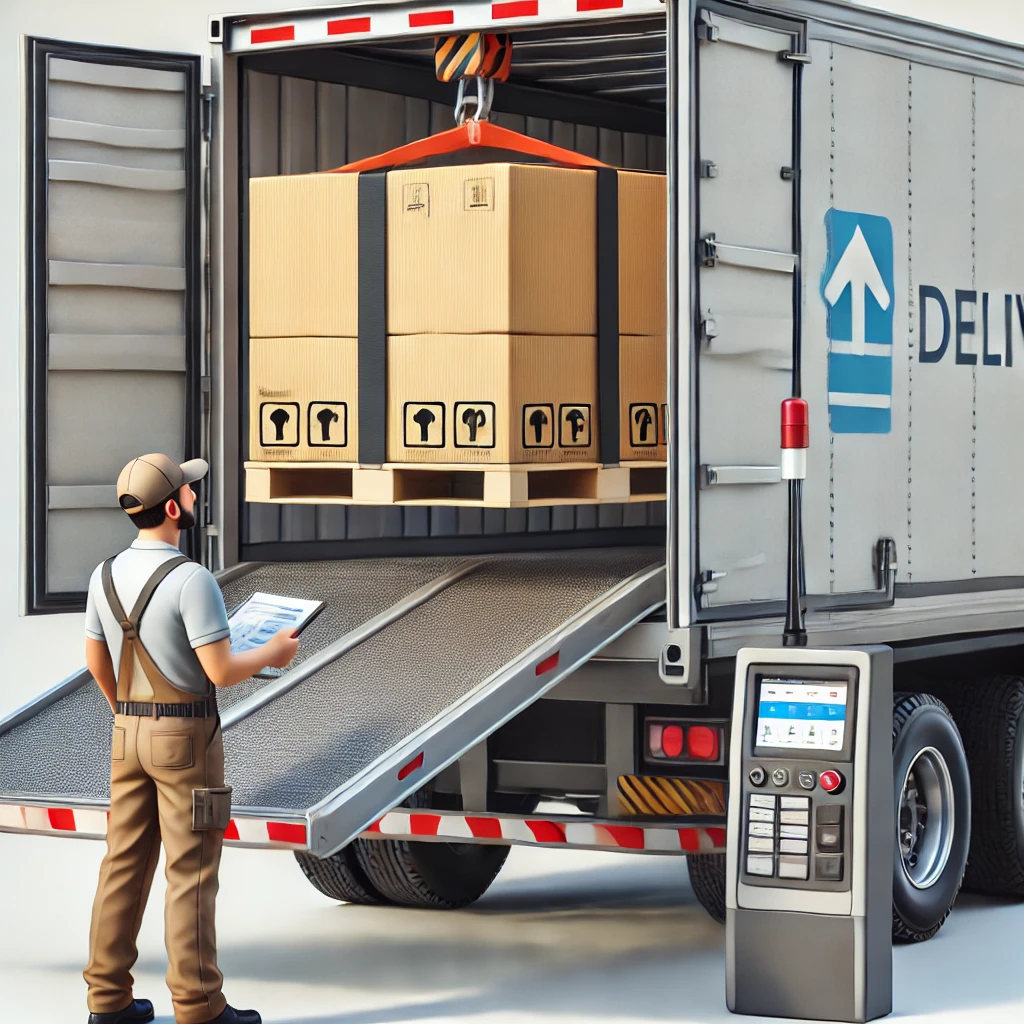An In-Depth Guide to What Is a Lift Gate
This article provides a detailed explanation of, highlighting their key features, practical applications, and relevance for professionals and businesses.
What Is a Lift Gate?
A lift gate is a hydraulic or electric-powered platform mounted on the back of a truck, trailer, or delivery vehicle. It raises and lowers heavy cargo between the ground and the truck bed, reducing the need for manual lifting or forklift assistance.
Key Lift Gate Components
Component | Function |
Platform | The flat surface that holds cargo while being lifted or lowered. |
Hydraulic System | Powers the lift mechanism for smooth operation. |
Control Panel | Allows the operator to raise or lower the lift gate. |
Safety Rails & Locks | Prevents cargo from slipping during movement. |

Key Features
1. Reduces Manual Lifting & Labor Costs
- Eliminates the need for manual heavy lifting.
- Reduces the risk of workplace injuries.
2. Increases Delivery Efficiency
- Allows quick and safe cargo transfers without forklifts.
- Essential for non-dock deliveries at businesses or residential locations.
3. Supports Various Cargo Types
- Handles palletized goods, furniture, appliances, and machinery.
- Can lift several thousand pounds depending on the model.
4. Compatible with Different Truck Types
- Available for box trucks, flatbed trucks, and semi-trailers.
- Customizable based on cargo size and weight requirements.
5. Remote & Manual Operation Options
- Some models feature wireless remotes for enhanced control.
- Manual backup systems ensure operation in case of power failure.
Types of Lift Gates
Lift Gate Type | Description | Best Used For |
Tuck-Under Lift Gate | Folds under the truck when not in use. | General freight, delivery services. |
Rail Lift Gate | Moves vertically along the back of the truck. | Heavy equipment, palletized loads. |
Cantilever | Tilts and adjusts to different angles. | Fragile items, precise unloading. |
Column | Operates on vertical rails for high stability. | Large cargo, warehouse distribution. |

Practical Uses
1. Freight & Logistics Industry
- Common in LTL (Less-Than-Truckload) shipping for non-dock deliveries.
2. Retail & E-Commerce Distribution
- Ideal for delivering furniture, appliances, and electronics.
3. Construction & Industrial Equipment Handling
- Used for transporting heavy tools, machinery, and bulk materials.
4. Moving & Relocation Services
- Ensures safe loading/unloading of household or office furniture.
5. Medical & Pharmaceutical Shipments
- Essential for handling delicate medical equipment and supplies.
Advantages and Challenges of Using
Advantages | Challenges |
Reduces labor costs and physical strain on workers. | Requires additional truck space when installed. |
Increases efficiency for non-dock deliveries. | Weight capacity limitations vary by model. |
Prevents cargo damage with smooth lifting mechanisms. | Additional maintenance needed for hydraulic systems. |
Improves driver safety by reducing manual lifting. | Not always necessary for dock-to-dock shipments. |

Lift Gate vs. Forklift: Which One to Use?
Feature | Lift Gate | Forklift |
Operation | Attached to a truck, raises cargo up/down. | Independent vehicle for warehouse loading. |
Best For | Deliveries to locations without docks. | Large warehouses, high-volume operations. |
Mobility | Fixed to the truck. | Moves freely within storage areas. |
Lifting Capacity | Limited to a few thousand pounds. | Higher capacity for bulk cargo. |
When to Use a Lift Gate?
- Best for deliveries to businesses or homes without loading docks.
- Essential for handling large, heavy, or fragile shipments.
- Recommended for companies with small delivery teams.
- Not necessary for warehouse-to-warehouse shipments with forklifts.
Conclusion
A lift gate is a valuable tool for freight carriers, delivery services, and businesses that regularly transport heavy cargo. It improves safety, efficiency, and convenience, making it an essential addition to trucks handling non-dock deliveries.
By understanding lift gate types, features, and applications, businesses can streamline their supply chain, reduce labor costs, and enhance delivery operations. Whether you’re a logistics provider, retailer, or manufacturer, investing in a lift gate-equipped truck can significantly improve cargo handling efficiency.
